Commissioner of Income Tax v. Chaphalkar Brothers
Author: Gulzar Hashmi • Publish Date:
PRIMARY_KEYWORDS: capital receipt, entertainment duty subsidy, multiplex subsidy, Supreme Court tax case | SECONDARY_KEYWORDS: revenue vs capital, CIT, subsidy purpose test, income tax classification
Slug: commissioner-of-income-tax-v-chaphalkar-brothers

Quick Summary
The Supreme Court held that an entertainment duty subsidy, granted to push the growth of multiplex theatres, is a capital receipt. The Court looked at the purpose of the subsidy. Since the aim was to help set up or expand multiplexes (a capital objective), the receipt was not taxable as normal revenue.
Issues
- Is the entertainment duty subsidy a revenue receipt for routine operations, or a capital receipt aimed at promoting multiplex development?
- Should tax treatment depend on the dominant purpose of the grant, regardless of construction funding sources or the timing of receipt?
Rules
Classify a subsidy based on why the government gave it:
- If the purpose is to start a new unit or materially expand an existing one → Capital receipt.
- If the purpose is to support day-to-day operations → Revenue receipt.
- Source of funds and timing of receipt do not change this classification.
Facts (Timeline)

Arguments
Appellant (Revenue)
- Subsidy supports receipts during operations → treat as revenue.
- Timing and manner of payment show routine nature.
Respondent (Assessee)
- Purpose is to set up/expand multiplexes → capital objective.
- Not linked to loan repayment or working expenses.
Judgment

The Supreme Court ruled that the subsidy is a capital receipt. The decisive factor is the primary purpose of the grant: promoting multiplex development. Financing sources and the presence of loans do not alter this result. Appeals were dismissed without extra costs.
Ratio
Purpose test governs. When a subsidy aims at creating or substantially expanding a capital asset or unit, classify it as capital, irrespective of timing or source of funds.
Why It Matters
- Gives a clear, student-friendly test to classify subsidies.
- Helps industries receiving policy-driven incentives (film, infra, manufacturing).
- Useful for exams: links facts → purpose → tax head.
Key Takeaways
Purpose decides capital vs revenue.
Timing and financing are secondary.
Policy to set up/expand = capital receipt.
Routine operations support = revenue receipt.
Mnemonic + 3-Step Hook
Mnemonic: “Build, Boost, Capital.”
- Build — If subsidy helps build/expand units → think capital.
- Boost — If subsidy boosts daily expenses → think revenue.
- Capital — Purpose decides: capital if creation/expansion is the aim.
IRAC Outline
Issue
Is the entertainment duty subsidy capital or revenue?
Rule
Purpose test: aim to set up/expand → capital; routine support → revenue.
Application
Policy intended to encourage new multiplexes; not tied to working expenses.
Conclusion
Capital receipt. Appeals dismissed.
Glossary
- Capital Receipt
- A receipt linked to creation/expansion of capital assets; usually not taxable as income.
- Revenue Receipt
- A receipt connected to daily operations; generally taxable.
- Purpose Test
- Method to classify subsidies by looking at the primary intent of the grant.
FAQs
Related Cases
- Purpose-based subsidy classification — compare with other subsidy cases on capital vs revenue.
- Cases on industrial incentive policies and tax treatment.
Share
Related Post
Tags
Archive
Popular & Recent Post






































































































































































































































































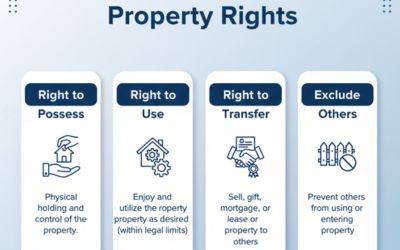
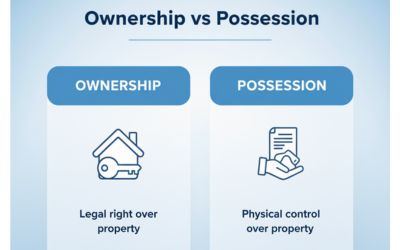

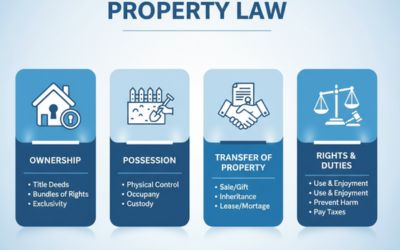



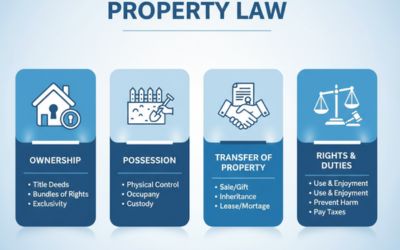
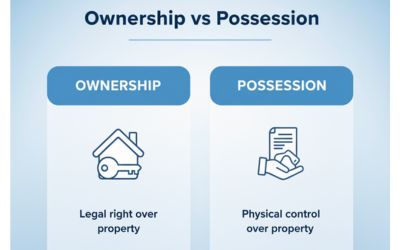
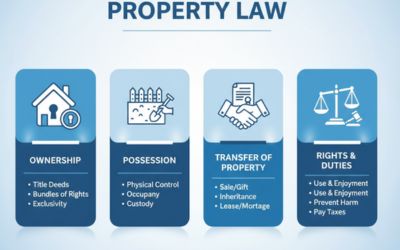
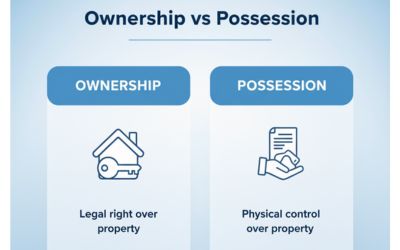




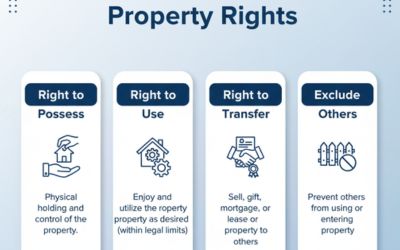
























































Comment
Nothing for now